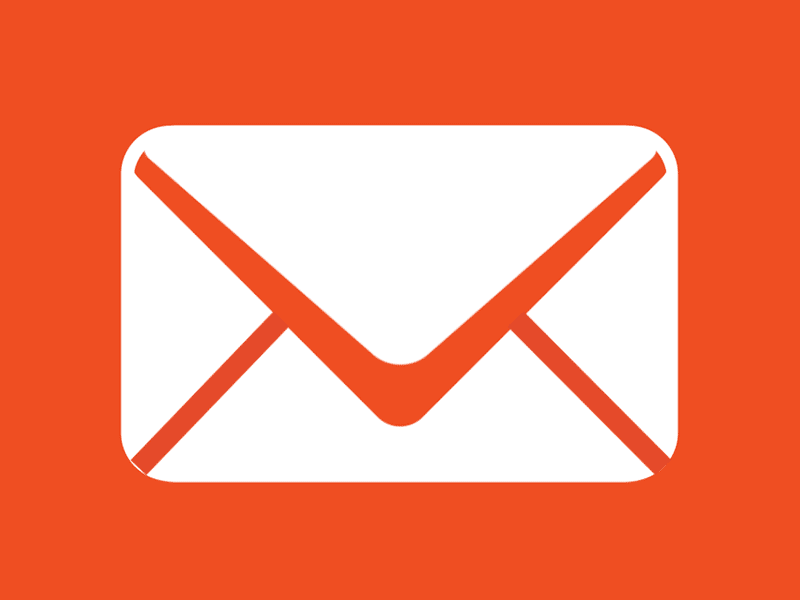Email isn’t the easiest channel to master, but luckily there is a wide range of email marketing tools to help nail every step of a campaign.
This article covers everything from building an email template to post-campaign optimization. So what can these email marketing tools help with?
Building email templates
There are several levels of complexity when it comes to building emails. At the simplest end of the spectrum is purchasing a pre-built email template. Some email marketing tools will even provide their own database of templates for you to choose from. If you’re looking for a simple, easy-to-manage solution, this is a safe bet.
If you need a custom email template (or simply don’t like any of the existing templates), then an email builder should be your next port of call. These come in two flavours – a ‘WYSIWYG’ (What You See Is What You Get) drag-and-drop builder, or actual HTML code.

Most major email service providers (ESPs) will provide a template builder (with varying degrees of success), and all will allow you to input straight HTML. However, HTML requires you to code the email from scratch or adapt an existing one. Both of these options are time- and resource-intensive, even if you have the skills to do it. However, it does allow you to access more advanced functionality, like dynamic content in emails.
Below are three good examples of email marketing tools that can be used to build emails. And if you’re in the market for a new ESP, here are seven things you mustn’t forget to ask your email marketing vendor.
- Litmus offers a collection of free, high-quality email templates. They even have a tool to help you see how they’ll look in different email clients.
- Benchmark offers a simple drag-and-drop editor and allow you to create branded signup forms.
- Campaign Monitor offers a template builder with the ability to add dynamic content. For each element in the email, there is a drop-down menu labelled ‘who should see this’ from which you can select segments of your audience.
Segmenting and sending emails
Now you’ve built your email template and it’s polished to a high shine, the next step is to work out which part of your audience to send it to – and, of course, to actually send it.

A recent study by Mailchimp found that segmented campaigns delivered an average of 14% higher open rates, a 9% lower bounce and a whopping 101% increase in click-through rate. So it’s worth investing the time into properly segmenting your audience before sending your emails. Tailoring the messaging, subject line and body content of your emails to each segment is a great strategy to improve engagement.
Of course, any time spent segmenting your audience is ultimately wasted if those messages aren’t delivered. So it’s also a good idea to invest in tools that ensure deliverability. Tools like Sendforensicslet you test your emails before your campaign goes out, giving you a sense of whether your emails will land in inboxes or junk folders.
When it comes to actually sending your emails, below is a selection of email marketing tools that allow you to do so in bulk:
- Mailchimp is the market leader in terms of a number of users, primarily because of the sheer simplicity of its interface. It also has a bunch of free email marketing tools which are great for small businesses – such as an HTML to text email converter that ensures your recipients can always see the content, regardless of their email client.
- Sendpulse offers a range of features like forms, mobile-optimization and a scheduler. It can also handle high volumes of emails (good for large mailing lists).
- Fospha is a ‘Customer Data Platform’, designed to track behaviour and customer profiles, using that data to create smart segments based on specific interests and behaviours. It also uses machine learning for clustering and personalization.
Automating email campaigns
Automation is one of the best email marketing tools available. Simple rules-based automation is offered by most providers, allowing you to set up entire campaigns based on user behaviour, demographics and stage in the funnel.
One common application of email marketing automation is sending abandonment emails. This is a simple remarketing strategy used by e-commerce retailers to target customers who either add items to their basket but fail to complete the checkout, or simply browse items before leaving.
On average, 69% of customers leave their order behind before purchase. Using email marketing automation, a simple rule can be set up to trigger an email sent to these customers, encouraging them to return to the site and complete their purchase. One shoe retailer was able to recover 24% of abandoned carts and drive an additional 5% revenue per month using this method.
Below are a few email marketing tools that can help automate elements of your campaigns. For more on marketing automation, check out our guide on How to choose the right marketing automation vendor.
- HubSpot is one of the biggest and most versatile players in the market, offering an intuitive interface to set up triggers and responses, along with lead scoring capabilities to help make your automated campaigns more intelligent and targeted.
- GetResponse offers time-based email triggers, which are effective for campaigns that require multiple touchpoints, such as welcome emails. GetResponse calls these ‘autoresponders’ and lists a few examples here.
- Marketo is another big player in the automation space, with a diverse range of features including automated push notifications, in-app messaging, and real-time location-based marketing.
Tracking, testing and optimizing your emails
As with any high-volume marketing channel, optimization is essential. Small changes to things like send time, subject lines and sender address can have a significant impact on open and click-through rates.

The first step is to track these metrics. Every ESP on the market has analytics in some form or another. Keep an eye on any spikes in bounce rate and other delivery metrics to ensure you aren’t penalized for spam, and on open and click-through rates to assess performance.
Once a baseline is established, it’s time to test the performance of regular emails against experimental ones. Make sure to only test one thing at a time, and for a period of at least a few weeks, to ensure changes cannot be attributed to other factors.
By continuing to test and track results, regular emails will be optimized over time. Here are a few email marketing tools that can help speed up that process:
- Salesforces’ Pardot offers A/B email testing, lets you view test data in real time and automatically selects the best-performing email to send to the rest of your recipients once the test is over.
- Phrasee applies its machine learning tool to every aspect of emails, including subject lines, body copy and calls to action and triggers.
- The Hemingway App is, honestly, just great fun to use. It analyses text and grades it based on boldness and clearness, highlighting hard-to-read phrases, clichés and use of the passive voice. For marketers who struggle with copywriting (come on, don’t be shy), this is a great little tool.
Source: Clickz
Need help with your business marketing? Contact the Top4 Marketing Team, an award winning digital marketing and technology services agency providing solutions to the largest and upcoming brands across all industries and government in Australia and across APAC.




